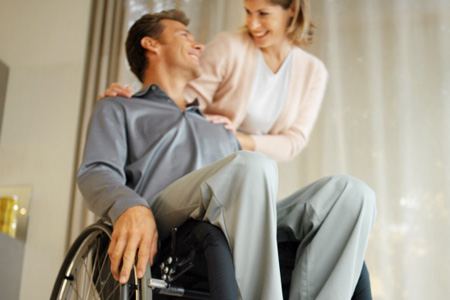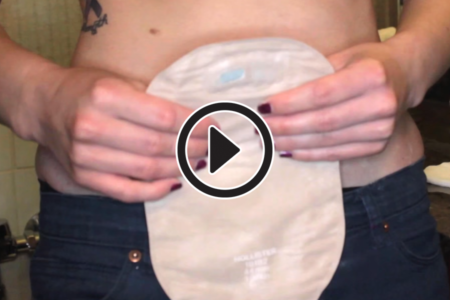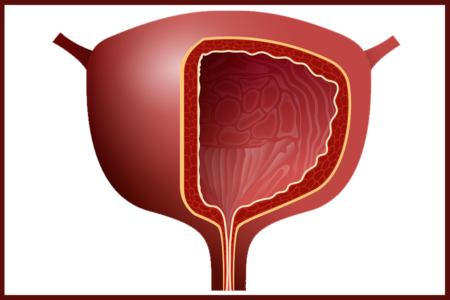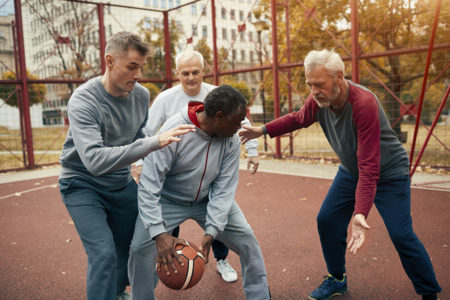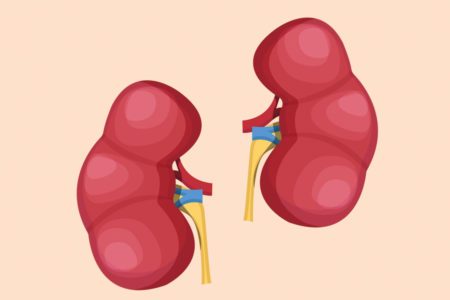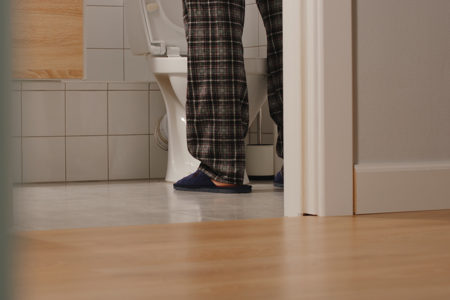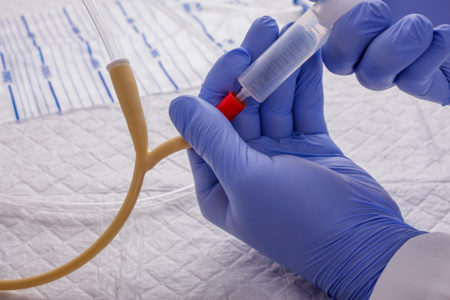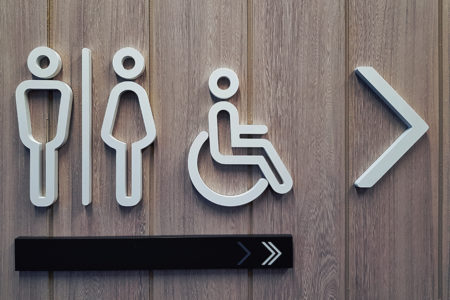Want to learn more about spinal cord injury? Keep reading!
What is a spinal cord injury?
A spinal cord injury is damage to the spinal cord. The spinal cord is a soft bundle of nerves that extends from the base of the brain to the lower back. It runs through the spinal canal, a tunnel formed by holes in the bones of the spine. The bony spine helps protect the spinal cord.
The spinal cord carries messages between the brain and the rest of the body. These messages allow you to move and to feel touch, among other things. A spinal cord injury stops the flow of messages below the site of the injury. The closer the injury is to the brain, the more of the body is affected.
Paraplegia: Injury to the middle of the back usually affects the legs
Quadriplegia: Injury to the neck can affect the arms, chest, and legs
A spinal cord injury may be complete or incomplete. A person with a complete injury does not have any feeling or movement below the level of the injury. In an incomplete injury, the person still has some feeling or movement in the affected area.
What causes a spinal cord injury?
A spinal cord injury usually happens because of a sudden severe blow to the spine. Often this is the result of a car accident, fall, gunshot or sporting accident. Sometimes the spinal cord is damaged by infection or spinal stenosis, or by a birth defect, such as Spina Bifida.
What happens after a spinal cord injury?
At the hospital, treatment starts right away to prevent more damage to the spine and spinal cord. Steps are taken to get blood pressure stable and help with breathing. A steroid medicine may be given to reduce swelling of the spinal cord. A number of tests are done which include X-ray of the spine, CT scan, MRI and ultrasound of the kidneys.
As soon as the person is stable, rehabilitation (rehab) starts. The goal of rehab is to help prepare them for life after rehab and help them be as independent as possible. The rehab team will help the individual learn how to:
• Prevent problems like pressure sores and know when to call a doctor.
• Exercise to keep muscles strong and flexible.
• Eat a balanced diet to stay healthy and control weight.
• Learn to do things that most people do without thinking, such as managing bladder and bowel control
Living with a spinal cord injury
Having a spinal cord injury changes some things forever, but individuals can still have a full and rewarding life. A saying among people who have a spinal cord injury is, “Before your injury, you could do 10,000 things. Now you can do 9,000. So are you going to worry about the 1,000 things you can’t do or focus on the 9,000 things you can do?”
After they adjust, many people with spinal cord injuries are able to work, drive, play sports and be active. The rehab team can provide the support, training and resources to help individuals move toward new goals. Adapting to life with a spinal cord injury can be tough. It is common for individuals to feel sad or angry at times or to grieve at their lost abilities. It is important for individuals to express their feelings with family, friends or a support group.
Potential Complications
Spinal cord injuries eventually affect virtually every organ of the body and lead to what is known as “accelerated aging.” Life pans for paralyzed people tend to decline depending on their level of injury. A 40-year-old who is paralyzed from the chest down typically dies a decade earlier than a non-injured person. Fatal blood clots are a big concern in the months following a spinal cord injury because of the patient’s immobility, but life-threatening infections are a lasting danger. Having a spinal cord injury also increases the risk of developing chronic conditions like cardiovascular disease, diabetes and even some cancers.
Another potential complication is latex allergy. 20-68% of quadriplegics as well as individuals diagnosed with Spina Bifida have the highest prevalence of latex allergies. This is largely due to repeated medical exposures. Common sources of latex exposure may include: Gloves (examination, surgical, household), tourniquets, blood pressure cuffs, stethoscopes, catheters, intravenous tubing ports, syringe plungers, respirators, and wound drains and tubes.






